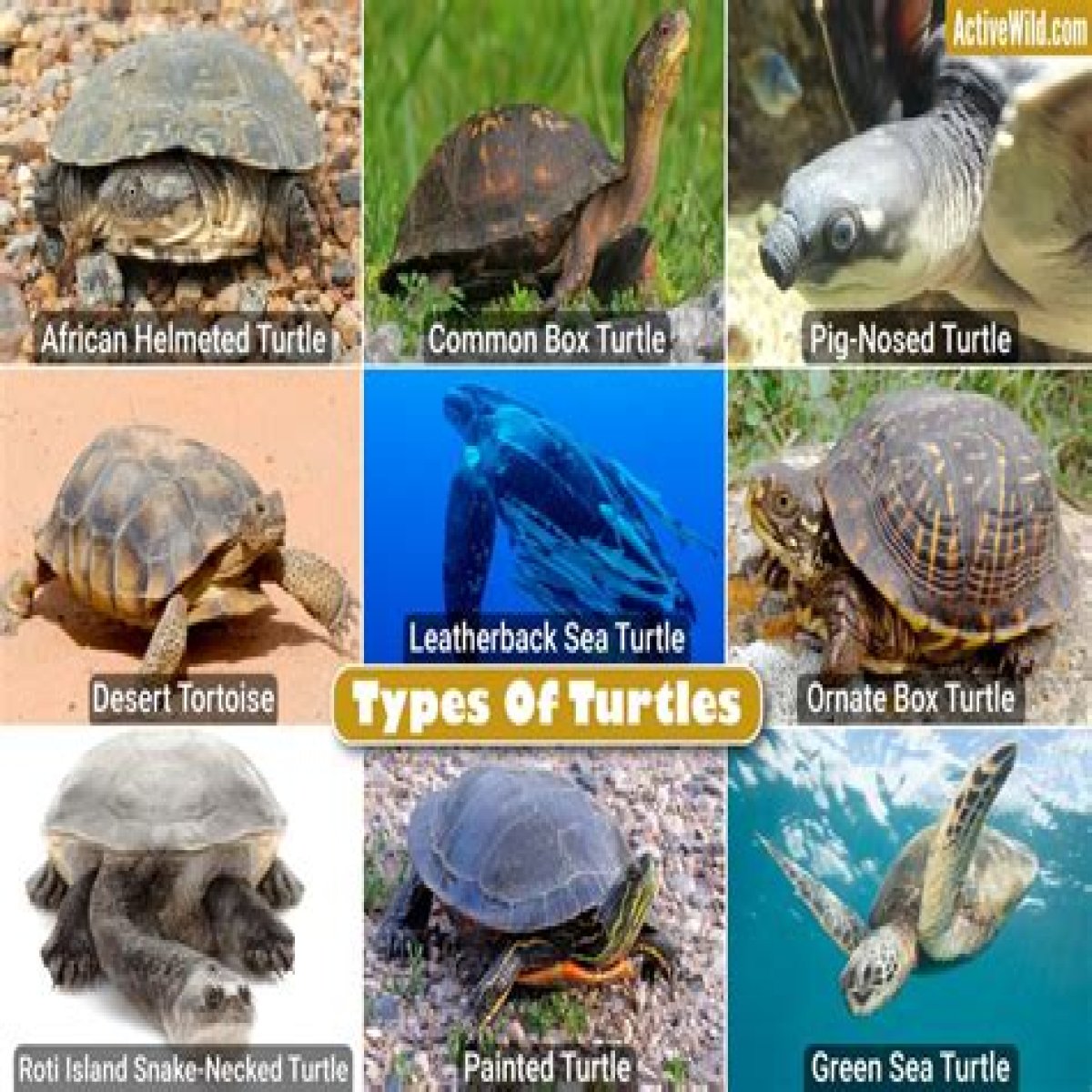When we think about the diverse world of reptiles and amphibians, one can’t help but wonder about the classification of turtles. Are they amphibians or reptiles? This intriguing question has sparked debates among zoologists and nature enthusiasts alike. To unravel this mystery, we must delve into the characteristics that define amphibians and reptiles, understand the unique traits of turtles, and ultimately determine their rightful place in the animal kingdom.
In this exploration, we will take a closer look at the biological classifications, habitats, and behaviors of turtles. It is essential to clarify these aspects, as many people often confuse turtles with amphibians due to their semi-aquatic lifestyles. By the end of this article, you will have a clearer understanding of whether turtles fall under the amphibian category or if they are indeed reptiles as many experts suggest.
Join us on this enlightening journey to discover the truth about turtles. We will address common misconceptions, answer frequently asked questions, and provide detailed insights into the fascinating lives of these ancient creatures. Are turtles amphibians? Let's dive into the depths of this question and explore the rich tapestry of turtle biology.
- What Are Amphibians?
- What Are Reptiles?
- Are Turtles Amphibians or Reptiles?
- Why Are Turtles Often Confused with Amphibians?
- What Are the Different Types of Turtles?
- 1. Aquatic Turtles
- 2. Terrestrial Turtles
- What Are the Unique Characteristics of Turtles?
- How Do Turtles Adapt to Their Environments?
- Conclusion: Are Turtles Amphibians?
What Are Amphibians?
To ascertain whether turtles are amphibians, we must first comprehend what defines an amphibian. Amphibians are a distinct class of animals characterized by their dual life stages—typically beginning as aquatic larvae and transitioning into terrestrial adults. Here are some key characteristics of amphibians:
- They usually have moist skin which is essential for respiration.
- Most amphibians undergo metamorphosis.
- They are ectothermic, meaning they rely on environmental temperatures to regulate their body heat.
- Amphibians typically require water bodies for reproduction.
What Are Reptiles?
In contrast to amphibians, reptiles possess a different set of characteristics that define their class. Reptiles are primarily terrestrial and exhibit the following traits:
- They have dry, scaly skin that helps prevent water loss.
- Reptiles lay eggs with a leathery or hard shell.
- They are also ectothermic but can often tolerate a broader range of environmental conditions.
- Reptiles do not undergo metamorphosis.
Are Turtles Amphibians or Reptiles?
Now that we have a clearer understanding of amphibians and reptiles, we can turn our attention to turtles. Turtles belong to the order Testudines, which is classified under the class Reptilia. This means that turtles are, in fact, reptiles rather than amphibians. However, their unique adaptations and habitats have led to the common misconception that they might fall into the amphibian category.
Why Are Turtles Often Confused with Amphibians?
The confusion surrounding the classification of turtles often arises from their semi-aquatic lifestyles. Many turtles are found in freshwater environments, and they spend a significant amount of time in water. This aquatic nature can lead to the misconception that they share similarities with amphibians. Here are some reasons why turtles might be confused with amphibians:
- Habitat: Many turtles inhabit both land and water, similar to amphibians.
- Behavior: Some turtles exhibit behaviors that may remind one of amphibians, such as basking in the sun to regulate body temperature.
- Reproduction: While turtles lay eggs, they often do so in sandy or terrestrial environments, unlike most amphibians that require standing water for their eggs.
What Are the Different Types of Turtles?
To further understand turtles, it is crucial to recognize the different types that exist. Turtles can be broadly categorized into two main groups based on their habitats:
1. Aquatic Turtles
These turtles primarily live in water and are well adapted to their aquatic environment. Some popular types include:
- Box Turtles
- Painted Turtles
- Red-Eared Slider Turtles
2. Terrestrial Turtles
These turtles are primarily land dwellers. Examples include:
- Desert Tortoises
- Galapagos Tortoises
- Russian Tortoises
What Are the Unique Characteristics of Turtles?
Turtles possess several unique characteristics that distinguish them from both amphibians and other reptiles. Here are some notable traits:
- Shell: Turtles have a hard shell that provides protection from predators and environmental factors.
- Adaptability: Turtles can thrive in a variety of environments, from oceans to deserts.
- Longevity: Many turtle species have long lifespans, often living for several decades.
How Do Turtles Adapt to Their Environments?
Turtles have developed remarkable adaptations that allow them to thrive in their respective habitats. Some of these adaptations include:
- Streamlined bodies for swimming in aquatic species.
- Strong limbs for digging and burrowing in terrestrial species.
- Ability to retract their heads and limbs into their shells for protection.
Conclusion: Are Turtles Amphibians?
In conclusion, the question "are turtles amphibians?" has a definitive answer. Turtles are reptiles, not amphibians, despite some similarities in their habitats and behaviors. Understanding the classification of turtles helps us appreciate the diversity of life on our planet and the unique adaptations that these remarkable creatures possess. By recognizing their true nature, we can better advocate for their conservation and well-being in a rapidly changing environment.
Mature Big Tits: Celebrating The Beauty Of CurvesDiscovering The Delights Of S'mores Near MeUnveiling The Mystery: Jean Marie Naked
